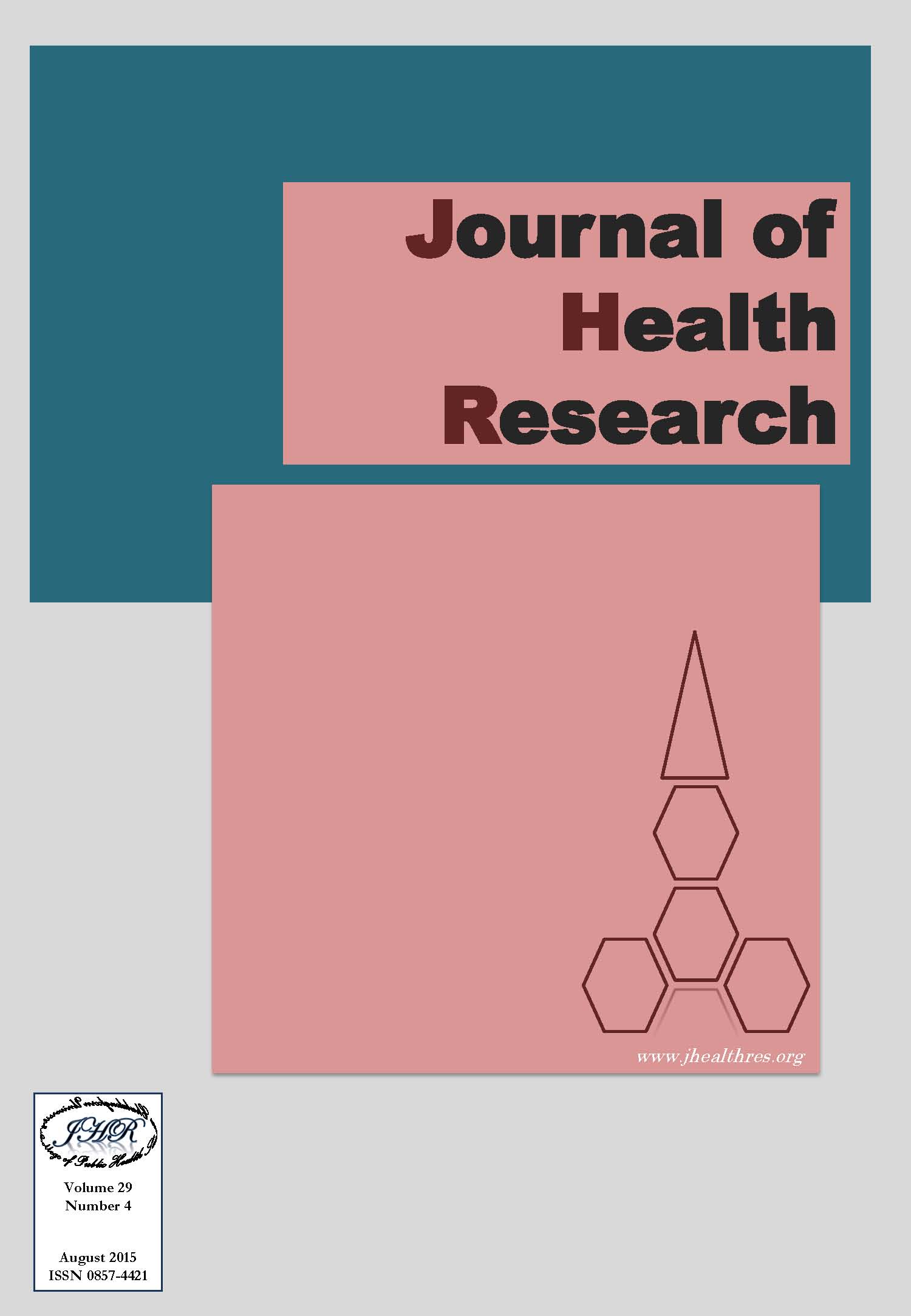Prevalence and Factors Related to Dental Caries among 6 Year-Old Children in Nha Trang City, Khanh Hoa Province, Vietnam
Keywords:
Dental caries, Dental health, Children, VietnamAbstract
Backgroup: Dental caries has become a burden of every country. The National Oral Health Survey of Vietnam 2001 showed that 83.7% children aged 6 years had decayed, missing and filled teeth. Also, there are few available published studies about the prevalence of dental caries in children in Vietnam, especially in 6 year-old children.
Method: The study aimed to identify the prevalence of dental caries among 6 years old children in Nha Trang city, Vitenam as well as to generate hypothesis regarding relationship between factors including general characteristics, dietary, oral hygiene practice, supporting environment, accessibility and availability; and the consequences of dental caries. This cross-sectional study was conducted in 248 children whose dental caries status was ascertained by dentists with proper equipment. Their parents were also asked to complete structured questionnaires.
Results: The prevalence of dental caries among six year-old children in Nha Trang city was 88.3% with the mean of decayed - extracted - filled teeth score (deft score) was 5.04 ± 3.43. The proportion of decayed teeth, extracted teeth and filled teeth are 85.9% (4.33 ± 3.12), 23% (0.34 ± 0.69) and 23.8% (0.38 ± 0.82) respectively. There were statistically significant association between the more educated parents and lower children’s deft score (p<0.001); the lower total income per month of the family and the higher prevalence of dental caries (p=0.002); the more frequent of tooth brush and the lower chance to get dental caries (p<0.001); the use of toothpaste and the lower deft category (p=0.006); the more frequent to dentist check-up, the lower chance to get dental caries (p<0.001); the more cariogenic food, the higher dental caries proportion (p=0.024 for the drinks and <0.001 for the snacks); the better parental knowledge and perception levels the lower proportion of dental caries (p=0.014); School Based Dental Program (SBDP) and supporting environment in poor level and higher dental caries prevalence (p<0.001); the further distance from home to dentist office, the more likelihood of dental caries finding (p<0.001).
Conclusion: The intervention or action should be taken to improve community awareness about dental caries in children.







